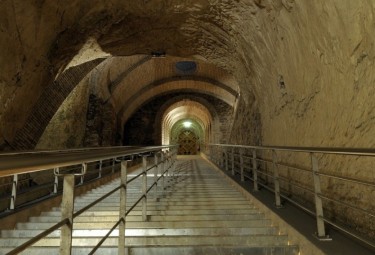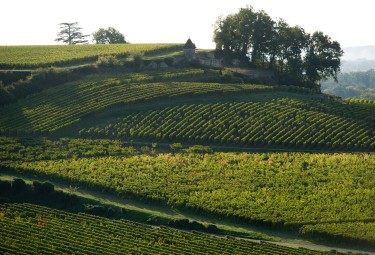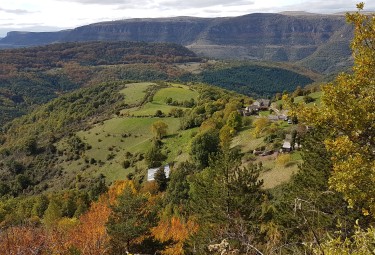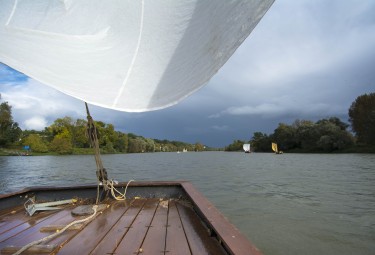Prehistoric sites and decorated caves of the Vézère valley
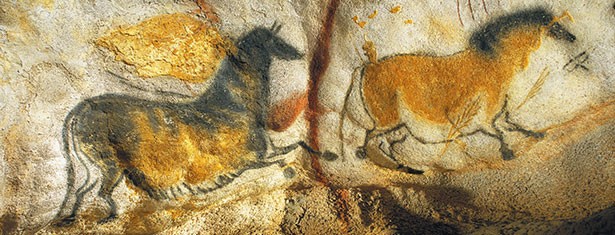
Summary
The Vézère valley contains important prehistoric remains with more than 150 sites dating back to the Paleolithic and about 30 decorated caves. They are of considerable interest from an ethnological, anthropological and aesthetic point of view on account of their wall paintings, particularly those of the Lascaux caves whose discovery in 1940 marked a new era in the history of prehistoric art.
Criteria
Criterion (i): Some of the figurative ensembles of the caves of the Vézère valley are masterpieces of prehistoric art, notably the Vénus de Laussel (Marquay), the frieze of horses in high relief at Cap-Blanc, and above all the wall paintings of the Lascaux caves (Montignac), whose discovery in 1940 marked a new era in the history of prehistoric art with their skillfully composed, colourful hunting scenes involving about a hundred animal figures, portrayed in astonishing and life-like detail.
Criterion (iii): The objects and works of art found in the Vézère valley are the extremely rare relics of long-gone civilizations which are very difficult to understand. These artefacts, providing priceless information about the most distant periods of human history, date back to the paleolithic and are of outstanding historical, ethnological, anthropological and aesthetic interest.
- Année d'inscription : 1979
- Critères d'inscription : i, iii
- Superficie du bien inscrit : NC
- Localisation : Department of Dordogne, Region of Nouvelle-Aquitaine
- Coordonnées DMS : N45 3 27 E1 10 12
- Registration year : 1979
- Registration criterion : i, iii
- Area of the inscribed : NC
- Location : Department of Dordogne, Region of Nouvelle-Aquitaine
- Coordinates DMS : N45 3 27 E1 10 12



